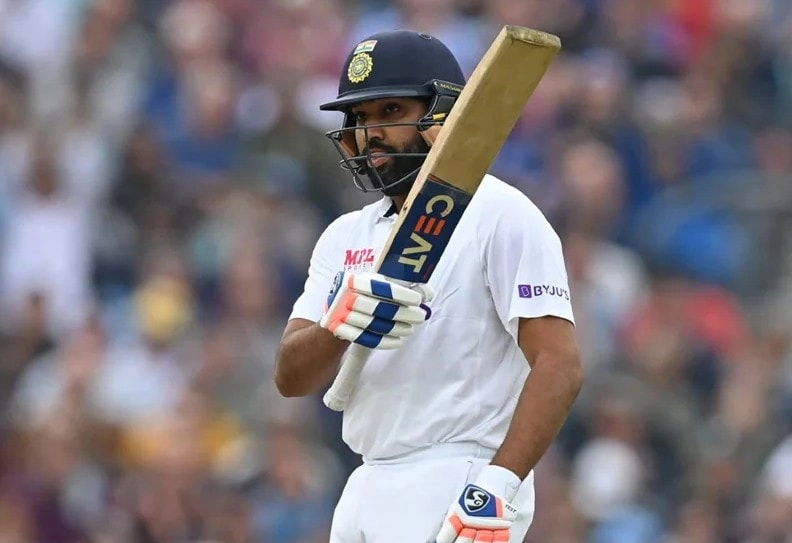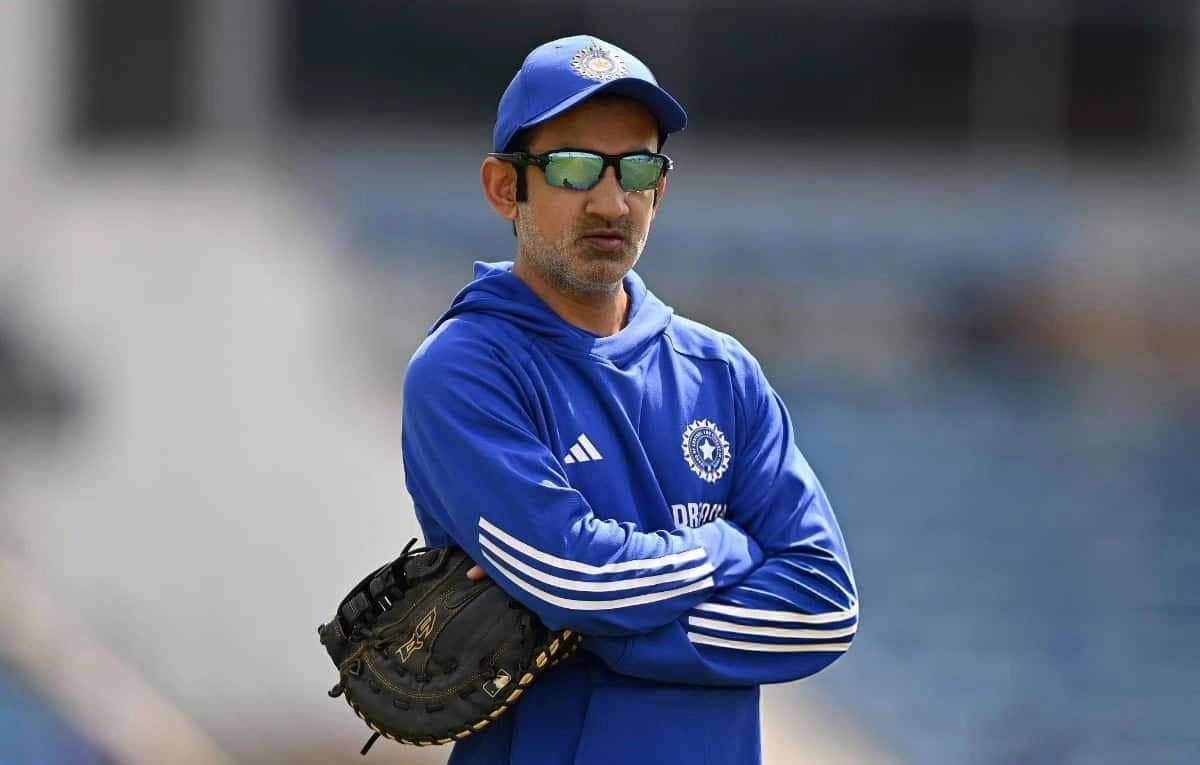The Indian Premier League (IPL) has consistently captured the attention of cricket enthusiasts worldwide, showcasing a blend of talent, drama, and unpredictability. Among the various trends and patterns observed in recent seasons, a notable dip in the scoring rate has emerged as a significant talking point. This decline, which contrasts sharply with the explosive batting performances seen in earlier tournaments, has raised questions about the evolving nature of T20 cricket. Factors such as pitch conditions, player fatigue, and strategic adjustments by bowling units have contributed to this trend, making it increasingly challenging for teams to chase down targets.
One of the most intriguing phenomena in the IPL has been the so-called “chasing bias.” Historically, teams batting second have enjoyed a considerable advantage, often capitalizing on the knowledge of the target. However, recent seasons have seen a shift in this dynamic, with teams struggling to maintain the same level of performance while chasing. This has led to a reevaluation of strategies, with captains and coaches emphasizing the importance of setting formidable totals rather than relying on the comfort of chasing. As the margins tighten, teams are compelled to adapt, leading to an evolution in gameplay that reflects the competitive nature of the league.
On the flip side, the Chennai Super Kings (CSK) have experienced a troubling run in the IPL, marking a stark contrast to their storied history. Once hailed as a dominant force, CSK’s recent performances have been characterized by inconsistency and underwhelming results. The team’s struggles can be attributed to a combination of aging players, injuries, and a lack of form among key performers. This decline has not only affected their standings in the league but has also raised concerns among fans and analysts regarding the future of the franchise. As CSK seeks to reclaim its former glory, the franchise must undertake a thoughtful approach to player recruitment and team strategy.
In summary, the IPL continues to evolve, with trends such as a dip in scoring rates and the shifting dynamics of chasing underscoring the competitive landscape of T20 cricket. As teams adapt to these changes, the league remains as unpredictable as ever. Meanwhile, CSK’s challenges serve as a reminder of the cyclical nature of sports, where teams can rise and fall in the blink of an eye. As the current season unfolds, all eyes will be on how teams navigate these trends and the implications they hold for the tournament’s outcome. The excitement and uncertainty inherent in the IPL promise to keep fans on the edge of their seats, making each match a thrilling spectacle.




